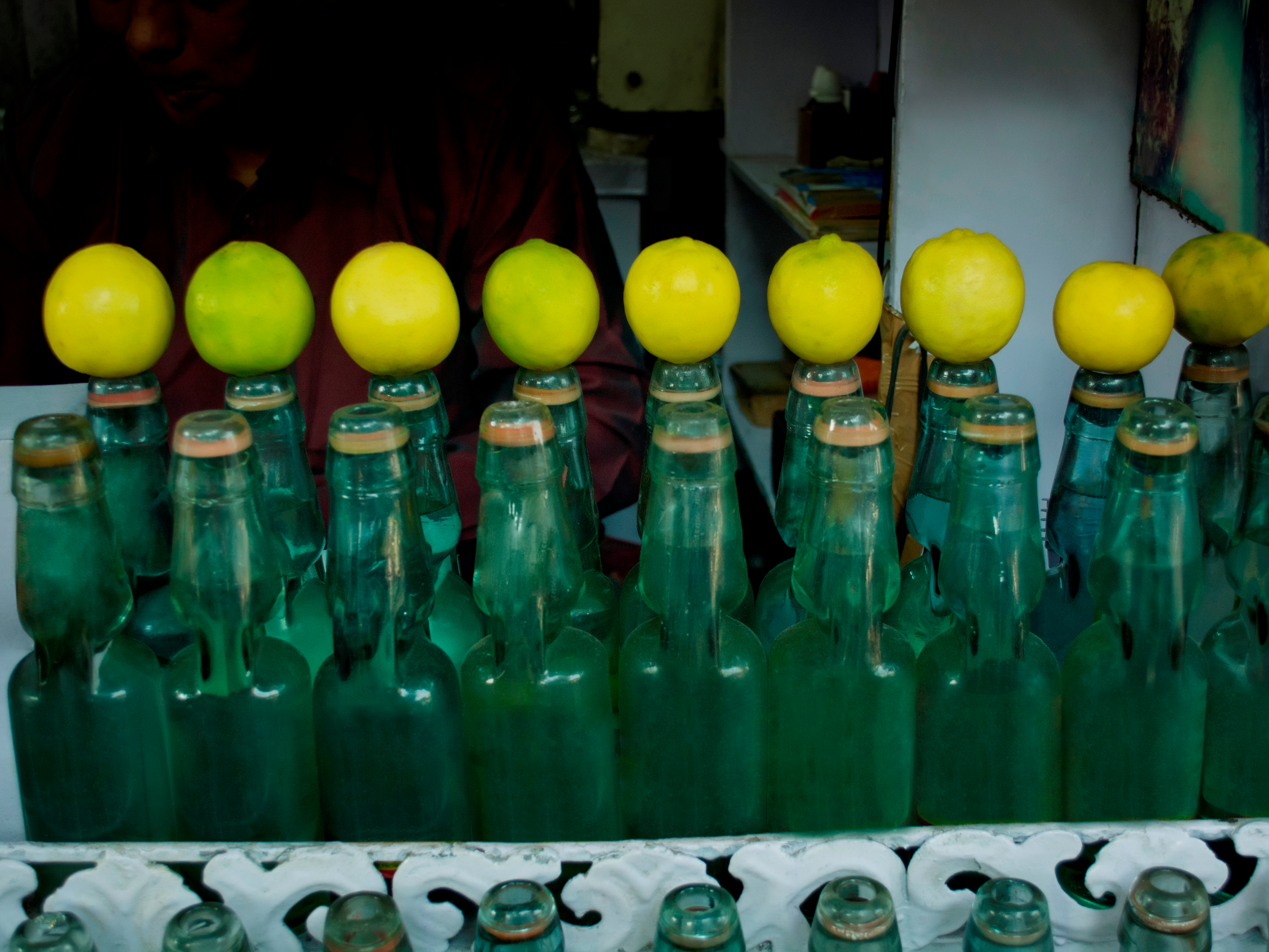- Carbonated beverages are popular in many parts of the world.
- In South Korea, you can get a carbonated milk beverage called Milkis and it comes in multiple flavors, such as peach.
- Fanta is a fruity soda that’s popular in many countries and it comes in a lot of different flavors, like orange and strawberry.
- Ramune is a popular soda brand that can be found in Japan.
With its refreshing carbonation and sweet taste, soda is quite popular in many parts of the world. And even though a lot of people have a favorite type of soda already, trying some different beverages from around the globe might lead to some tasty new discoveries.
From Scotland’s iconic Irn-Bru to Sweden’s festive Julmust, here are 10 carbonated drinks that are popular in different places around the world.
In Japan, you can find Ramune’s flavored sodas.
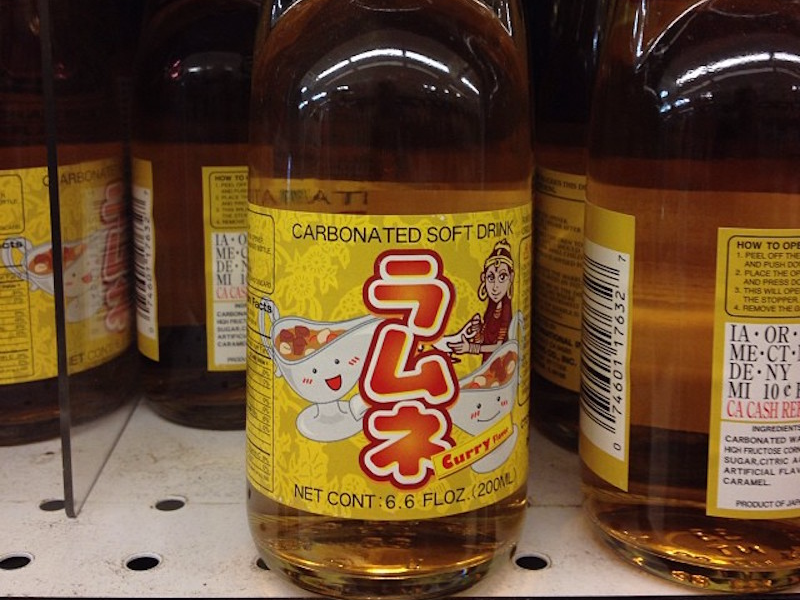
In Japan, Ramune is known for its special packaging and unique selection of flavors.
According to Japan Info, the classic Ramune flavor is lemon-lime. The carbonated drink also comes in other unique flavors including curry, wasabi, strawberry, chocolate, chili oil, and banana.
The soda is well-known for its unique bottle that can be tricky but fun for first-time drinkers to open. To open the soda, you remove the cap, pop out the bottle's plunger, and use the palm of your hand to push down the marble stopper that's inside of the bottle. The marble is used to "hold the carbonation" in order to help keep the beverage fizzy, according to Ikidane Nippon. The bottle's design has given the Ramune soda the nickname "marble soda."
Thums Up is beloved by many soda-drinkers in India.
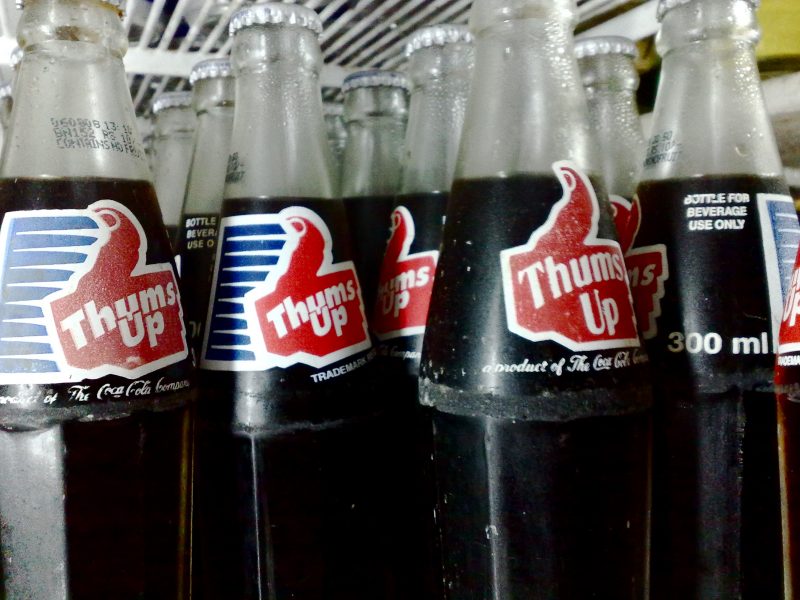
Coca-Cola withdrew from India in 1977 when the Indian Supreme Court demanded that the soda company reveal the secret recipe for its most popular soft drink so that the court could investigate claims that the beverage contained pesticides, according to The New York Times. During that time, both Pepsi and Coca-Cola had been trying to prove their sodas were safe to consume after an environmental group's report alleged that the brands' soft drinks contained high levels of pesticides.
In its place, Thums Up came on the scene in the early 1980s. It was created by Ramesh Chauhan as an alternative to Coca-Cola after the soda brand withdrew from India, according to Serious Eats.
By 1993, the Coca-Cola brand had made its official return to India and the company acquired Thums Up.
Unlike classic Coca-Cola, which uses high fructose corn syrup as a sweetener, the "spicy" Thums Up drink uses real sugar.
Goombay Punch can be found in the Bahamas.
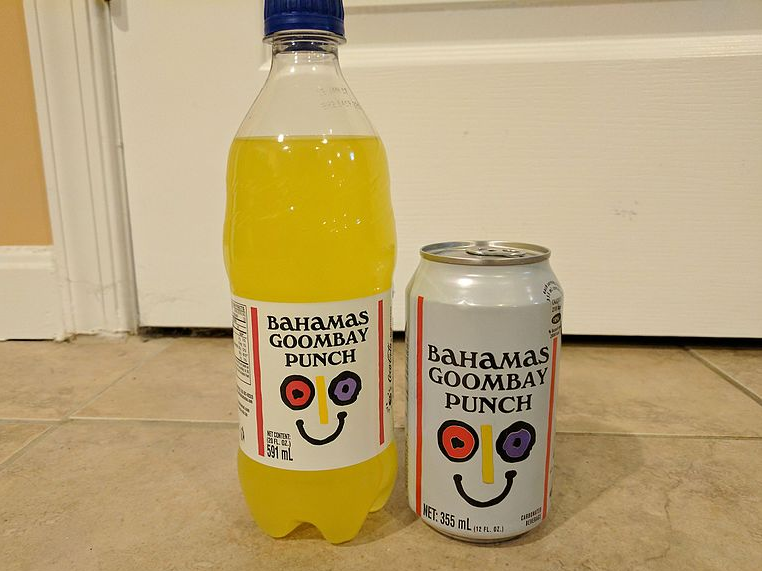
Tasting of pineapple and lemon, this bright-yellow soda is popular in the Bahamas, where it is made and canned.
Although it's unclear where exactly the soft drink's name comes from, a "goombay" is a type of drum and it is also a type of calypso music associated with that drum. Like Goombay Punch, the goombay style of music is known to have roots in the Bahamas.
Tarragon-flavored soda can be found in Russia.
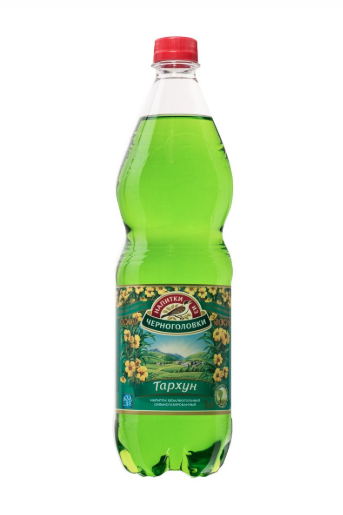
The emerald-colored "Тархун" or "Tarkhun" is described as being sweet-tasting. It contains tarragon extract, which some tasters have said gives the drink a "mild licorice flavor."
According to LA Weekly, the drink was created in Georgia in the 1800s when pharmacist Mitrofan Lagidze mixed carbonated water with homemade tarragon syrup.
Irn-Bru is a popular soft drink in Scotland.
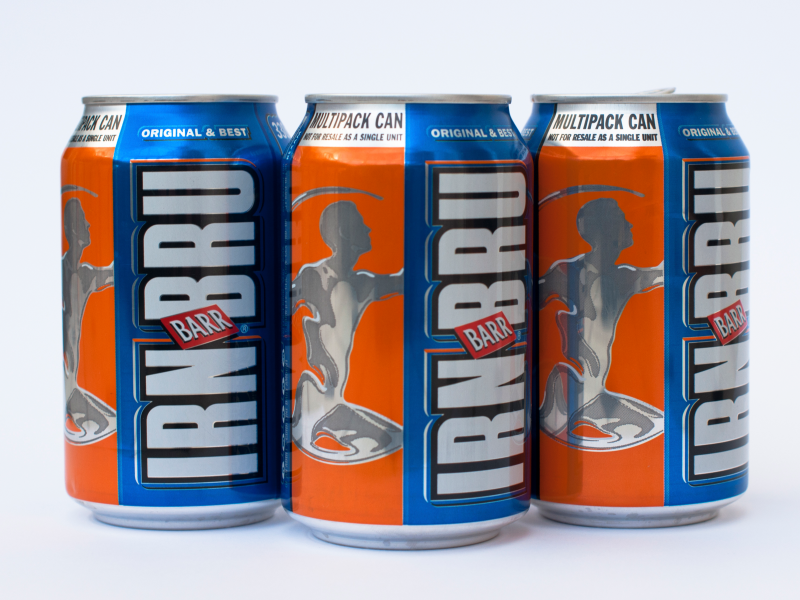
According to Scottish soda manufacturing company A.G. Barr, this soda was first released in 1901 under the name "Iron Brew." According to the company, the drink later changed its name in 1947 to comply with proposed branding regulations that would require product names to be "literally true." According to the A.G. Barr, the soda contained iron but it was not actually brewed so the company changed the name to "Irn-Bru."
A different story goes that while there were branding regulations, the new name was also a way for the company to set it apart from rival competitors after wartime regulations were lifted in 1948 after WWII.
Either way, the name stuck. Some tasters have said the bright-orange Irn-Bru tastes like a "cross between bubble gum and cream soda."
In South Korea, you can get a carbonated milk beverage.
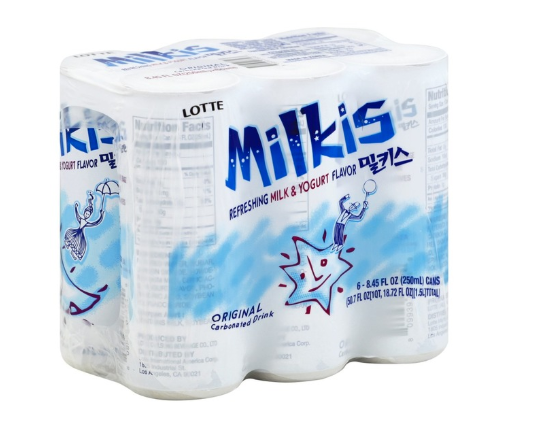
The carbonated milk beverage Milkis is described as having the "sweet and creamy taste of carbonated water added to sweet and soft milk." It comes in 11 flavors including banana, peach, grape, and lemon.
According to Lotte Chilsung Beverage, the South-Korean company behind Milkis, this drink is "the first carbonated milk and yoghurt flavoured beverage in Europe."
Fanta is popular in many countries.
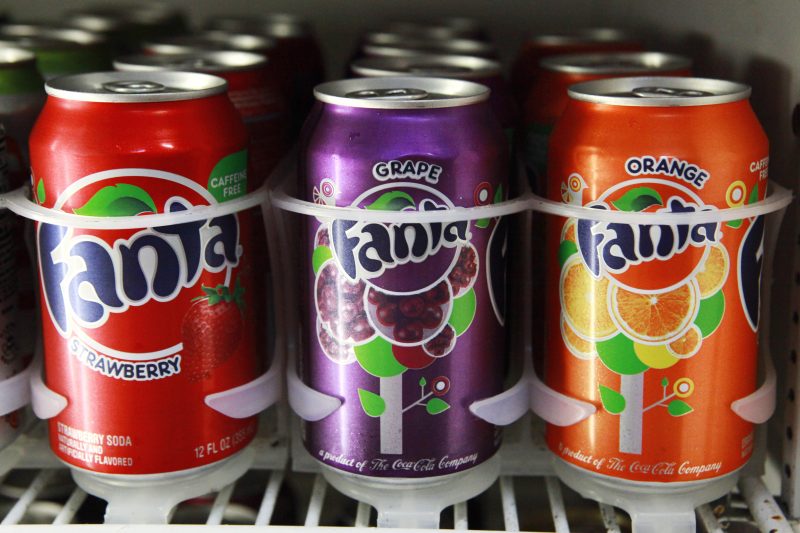
According to Coca-Cola Journey New Zealand, Fanta was created during World War II when it became difficult to import all of the ingredients needed to create Coca-Cola into Germany.
To create what would later become Fanta, German businessman Max Keith mixed "whey and apple fibre with whatever seasonal fruit was available." The newly created drink was marketed under the name Fanta, a shortening of the German word "fantasie," which translates to "fantasy" or "imagination" in English.
Today, the fruit-flavored soft drink comes in many flavors including grape, mango, strawberry, and pineapple. According to Serious Eats, Fanta is the second highest-selling soda in Africa and it is also very popular in South America, Europe, and Asia.
Orangina is popular in parts of Europe.
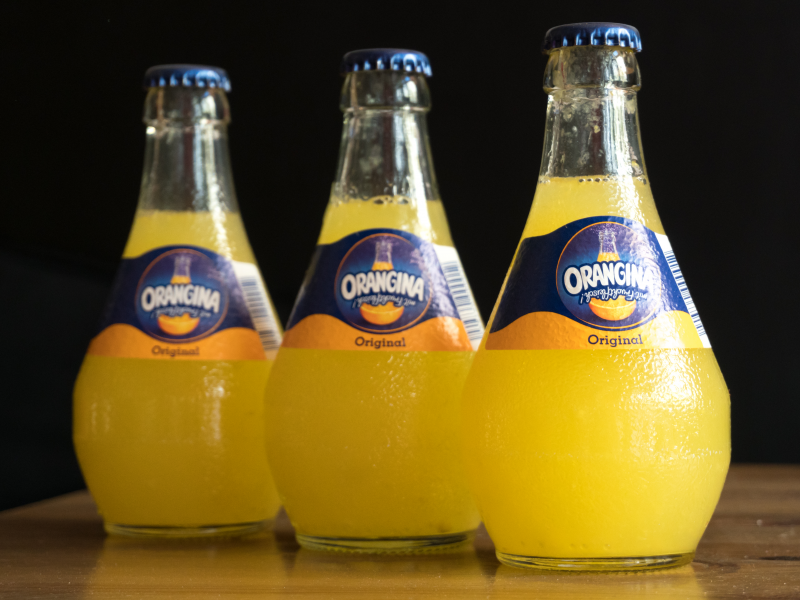
Combining real fruit pulp and zest with carbonation, Orangina is known for its textured, orange-shaped bottle and citrus taste. The soft drink's commercials typically include a shaking movement because Orangina is meant to be shaken before it is consumed.
Orangina was created in 1935 after an encounter at a trade fair between Leon Beton and Spanish pharmacist, Dr. Trigo.
Sweden's Julmust is a December favorite.
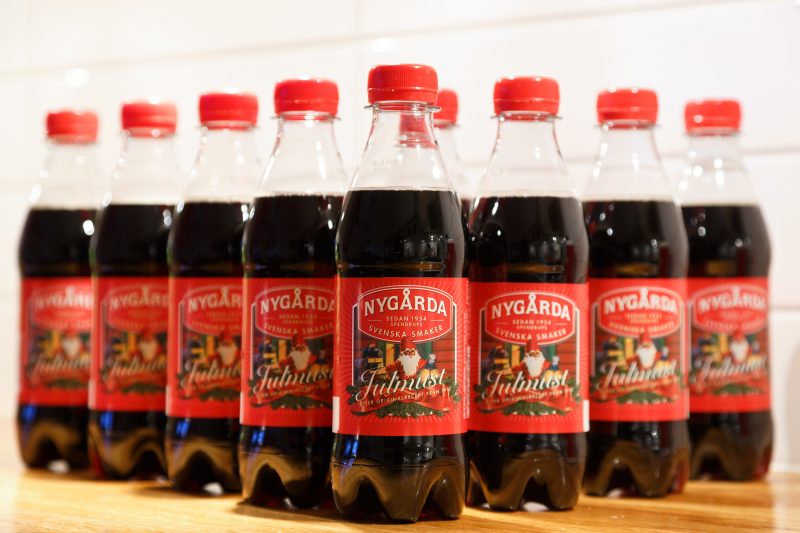
Julmust goes hand-in-hand with winter holidays in Sweden - it even famously outsells Coca-Cola during the Christmas season, according to The Local Sweden. The Swedish word "Jul" included in the drink's name even translates to "Christmas" in English.
The drink was invented by Harry and Robert Roberts in 1910 as a base for a non-alcoholic alternative to beer. The dark soft drink is said by some to have a sweet, root-beer taste.
In Germany, it's not unusual to drink a fruity Gaffels Fassbrause.
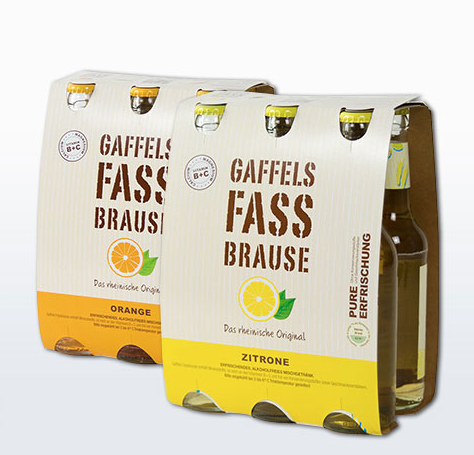
In Germany, you can buy a pack of Gaffels Fassbrause, a drink that Gaffels refers to as a "pure refreshment." It's made from fruit extracts and contains no artificial flavors or colors. The drink comes in flavors like lemon, apple, and orange.

